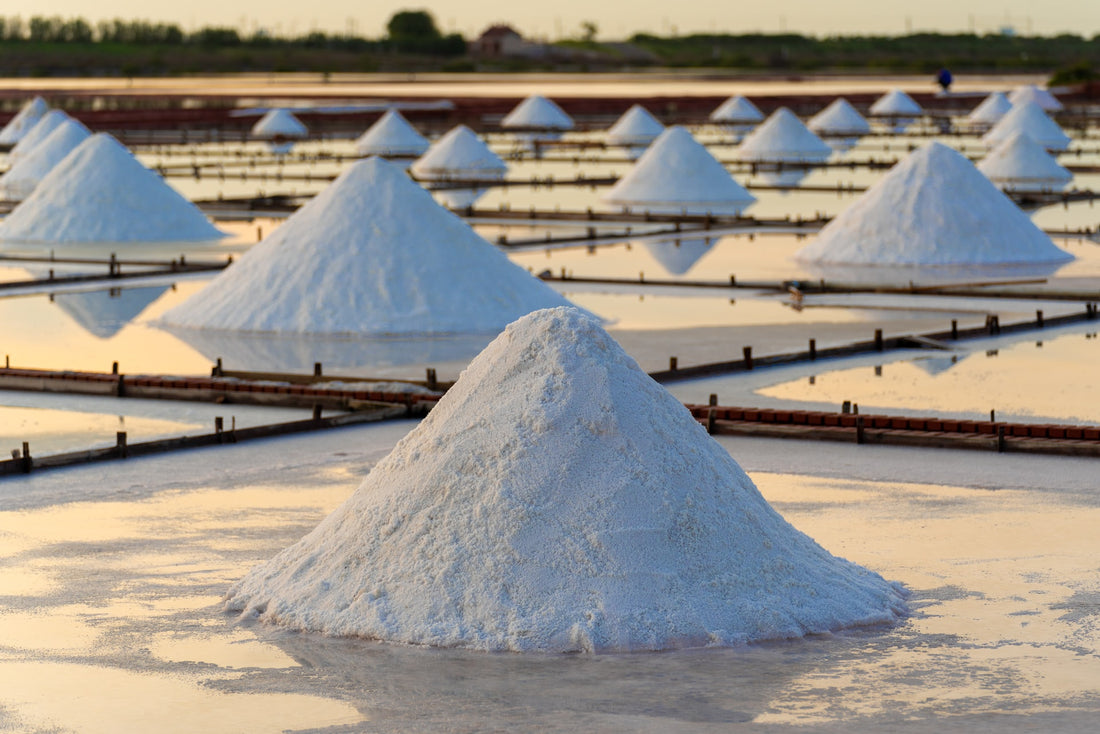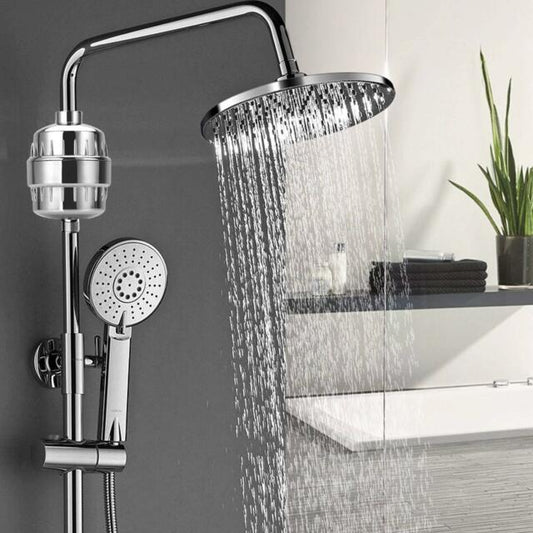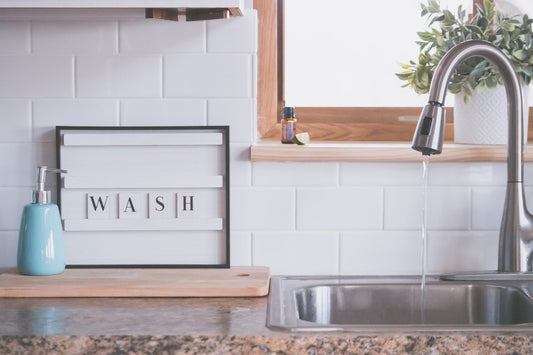More than eight out of ten American households have to deal with hard water.
Hard water contains high levels of calcium and magnesium that can have bothersome effects in your home, including:
- Leaving your dishes milky or cloudy
- Reducing your water appliances’ performance and longevity
- Creating limescale buildup in your plumbing system and water fixtures
- Drying your skin and your hair
- Clogging up your pipes
- Impacting the taste of your tap water
That’s where water softeners come into play!
Water softeners are particularly efficient at removing calcium and magnesium from water. But to work efficiently over time, they need salt.
So, in this blog post, we’ll highlight the different types of water softener salts and tell you how to add salt to your system and how often.
What Type of Salt Should I Use?
This is one of the most common questions people looking for salt-based water softeners have.
Here’s a list of all the different types of salt you can use for your water softener:
- Evaporated salt: it’s the purest form of salt, meaning it will produce less build-up at the bottom of your system, preventing salt bridges from forming.
- Solar salt: solar salt is another highly soluble salt that comes in pellets. It’s made using renewable energy, so it’s the eco-friendly alternative to evaporated salt. This type of salt will work well if you have moderately hard water. However, in case you have severe hardness in your water, evaporated salt will be best suited.
- Potassium chloride: potassium chloride is an alternative to salt for those who don’t want salt in their wastewater to seep into the ground. However, it tends to be more expensive than water softener salts.
Now the type of water softener salt that works best for you and your family depends on a few different factors:
- The level of hardness in your water
- The type of water softener you have
- The size of your water softener
- Your water usage
- Your maintenance preferences
Now, it might be tempting to go for the cheapest option. However, make sure to weigh the pros and cons as cheaper salts can cause problems and impact your water softeners’ performance and longevity.
If you want to discuss the type of salt you should use in your water softener in more detail, don’t hesitate to contact water softener experts. They’ll be able to tell you what salt to purchase based on all these factors.
How To Add Salt To A Water Softener?
Before we deep dive into the key steps to adding salt to your water softener, note that your brine tank should never be empty unless you want to run a regeneration cycle.
- Open your brine tank (the tank where you’ll pour the salt).
- Add salt until you don’t see the water in your brine tank anymore. The water level should be approximately 5 inches below the salt line.
How Do I Know If I Need To Add Salt To My Water Softener?
If your water softener is sized correctly, it should use approximately 40 pounds of salt a month. That’s because, with most water softeners, the regeneration cycle happens once a week using between 8 and 10 pounds of salt. The more modern water softeners will alert you when the salt levels are low, letting you know you need to add salt.
Now, if you don’t have a new water softener model when you start seeing water in your brine tank, it’s time to add salt. Some people always top up their brine tank with salt so that water never overtakes the salt. Yet, this can lead to the creation of salt bridges.
Salt bridges occur when the salt in your brine tank solidifies, forming a crust spanning the entire diameter of the tank. And that’s bad news because it means that your water softener is no longer getting any salt.
That’s why it’s important to wait until you see the water overtake the salt level before adding more salt. That way, you know that the salt is getting through the intake drains.
Salt-based Water Softener Alternative
What if we told you that you could also purchase a salt-free water softener? Salt-free water softeners are equally as efficient as salt-based water softeners, but they’re also environmentally and budget-friendly.
Here are some benefits of using FilterSmart salt-free water softeners:
- No need to purchase and add salt to your brine tank
- No sodium released into groundwater
- No electricity required for backwashing
Sounds like what you need?
Don’t hesitate to contact us for more details on our salt-free water softeners. We’d love to help!






